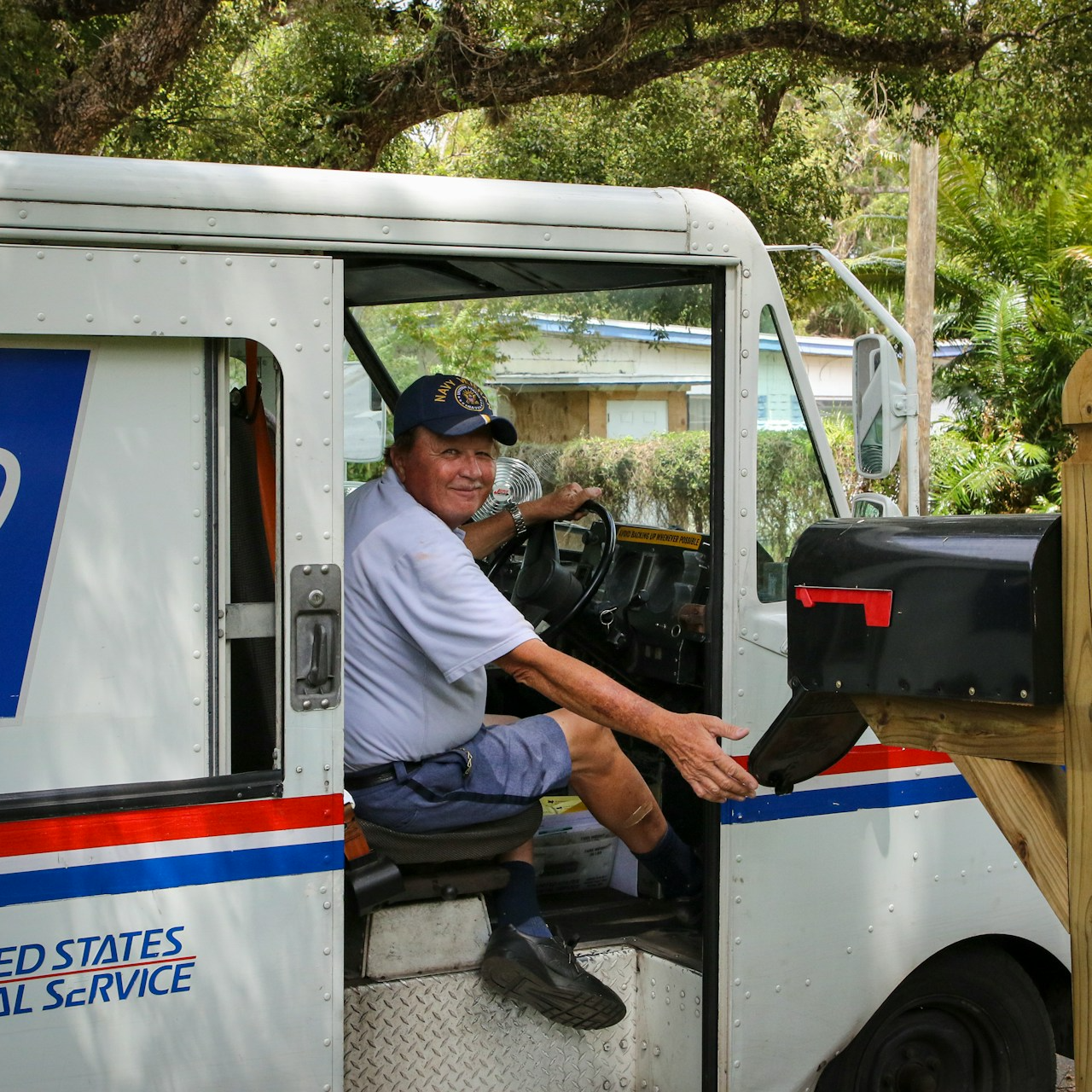Key Takeaways:
- Major benefit changes are coming in 2025 for postal employees and retirees, including the shift to the new Postal Service Health Benefits (PSHB) program.
- Retirees must enroll in Medicare Part B to retain their PSHB coverage, making it essential to plan for additional healthcare costs.
Postal Employees, Big Changes Are Coming to Your Benefits in 2025—Here’s What You Need to Watch Out For
Significant changes are on the way for postal employees in 2025 as the new Postal Service Health Benefits (PSHB) program is set to replace the Federal Employees Health Benefits (FEHB) program. The introduction of PSHB marks a major shift in how postal employees and retirees will manage their healthcare benefits
- Also Read: Are You Eligible for the Federal Employee Retirement System (FERS)? Find Out Here
- Also Read: Why TSP Withdrawal Options Might Be More Flexible Than You Think for Federal Retirees
- Also Read: The Top Federal Employee Benefits You Should Be Tapping Into Right Now
What is the Postal Service Health Benefits (PSHB) Program?
The PSHB is a new healthcare program tailored specifically for postal employees, their families, and retirees. This program will take effect on January 1, 2025, and will replace the FEHB plan for all postal workers and retirees. While the PSHB plans will provide similar coverage to FEHB, there will be critical differences, particularly in how benefits coordinate with Medicare.
For retirees, one of the biggest changes is that they must now enroll in Medicare Part B to maintain their health coverage under PSHB. This integration is designed to reduce the overall costs of healthcare for the Postal Service by offloading some of the expenses to Medicare.
What Happens to Your Health Coverage in 2025?
Current postal employees and retirees will remain enrolled in their existing FEHB plans until December 31, 2024. After that, they will transition to PSHB plans. For most employees, the coverage will remain similar, but there may be changes in premiums, out-of-pocket costs, and plan structures. This shift also means that you will no longer have access to FEHB plans unless you are covered under a family member’s FEHB plan outside the Postal Service.
In 2024, during the open enrollment period, postal employees and retirees will be automatically transferred to comparable PSHB plans if they do not select one themselves. This ensures that no one is left without coverage during the transition. However, it is crucial for employees and retirees to carefully review the available PSHB plans and select the one that best meets their healthcare needs and budget.
Will Retirees Be Affected by the PSHB?
Yes, postal retirees will be significantly affected by the PSHB transition. The new rules mandate that retirees must enroll in Medicare Part B when they become eligible to maintain their PSHB coverage. For those born before 1986, this requirement could mean additional costs, as they may face late enrollment penalties if they did not previously sign up for Medicare Part B. Retirees currently not enrolled in Medicare Part B should plan to do so as soon as they are eligible to avoid coverage gaps or financial penalties.
This change aims to align postal health benefits with other federal programs and streamline costs. However, retirees will need to factor in Medicare premiums and other related healthcare costs when planning their retirement budgets.
Why is Medicare Part B Enrollment Mandatory?
The integration of Medicare into the PSHB program is designed to cut costs for the Postal Service by shifting part of the healthcare expenses to Medicare. Once retirees enroll in Medicare Part B, it becomes their primary insurer, with PSHB acting as secondary coverage to cover additional costs such as coinsurance, deductibles, and copayments. This dual-coverage system is expected to reduce the burden on the Postal Service while ensuring that retirees continue to receive comprehensive healthcare benefits.
However, if retirees fail to enroll in Medicare Part B when required, they risk losing their PSHB coverage entirely. This makes it critical for retirees and employees nearing retirement to understand the Medicare enrollment process and plan ahead.
How Will These Changes Impact Healthcare Costs?
For active employees, the overall changes in healthcare costs under PSHB may be minimal compared to FEHB, as many of the same carriers will participate in both programs. However, retirees may see additional costs due to Medicare Part B premiums. While the PSHB plans will still offer strong healthcare coverage, Medicare Part B will now cover the majority of medical services, with PSHB filling in the gaps.
It’s important to note that while the shift to PSHB is designed to reduce costs for the Postal Service, individual employees and retirees may need to prepare for changes in premium rates, out-of-pocket costs, and deductibles. Careful review of the available PSHB plans during the 2024 Open Season will help ensure that you select the best plan for your healthcare needs and budget.
What Should Postal Employees Do to Prepare?
As the transition to the PSHB program approaches, it’s essential for postal employees and retirees to start preparing now. Here are some key steps to take:
-
Review your current health benefits: Take time to understand what your FEHB plan covers and compare it to the options available under PSHB. This will help you make an informed decision when selecting a plan during the 2024 Open Season.
-
Plan for Medicare Part B enrollment: If you are a retiree or nearing retirement, make sure you understand the Medicare Part B enrollment process. Enroll as soon as you are eligible to avoid penalties and maintain continuous coverage.
-
Budget for potential healthcare cost increases: The shift to PSHB and Medicare Part B may mean changes in your healthcare expenses. Start planning now for these potential increases, especially if you are a retiree or close to retirement age.
-
Stay informed: Keep an eye on updates from the Postal Service and your union representatives regarding the PSHB program. Attend any informational workshops or webinars that may be offered to help you better understand the upcoming changes.
Will There Be Exceptions to the Medicare Requirement?
While most postal retirees will be required to enroll in Medicare Part B, there may be exceptions. For example, if you have creditable coverage through a spouse’s employer plan, you may not need to sign up for Medicare Part B immediately. However, it’s important to carefully review the eligibility rules to ensure you do not lose your PSHB coverage.
What to Expect in 2025
As the Postal Service prepares for the transition to PSHB in 2025, postal employees and retirees should take proactive steps to understand and navigate these changes. While the shift is designed to improve the sustainability of the Postal Service’s healthcare programs, individuals will need to plan carefully for the new requirements, particularly around Medicare enrollment.
By staying informed and preparing now, postal employees can ensure that they continue to receive the healthcare coverage they need without interruption or unexpected costs.
Navigating the PSHB Transition
With the introduction of the PSHB program, 2025 will bring significant changes to postal employees’ healthcare benefits. Understanding these changes and taking proactive steps will be key to maintaining your healthcare coverage and managing your retirement plans effectively.












